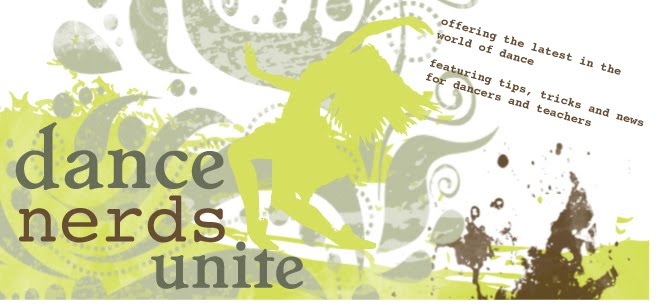Marni Thomas and Fanny Gombert at the Martha Graham School of Contemporary Dance
The article that corresponds with the video is below.
Before launching into a demonstration of the Graham contraction and release, Thomas explained that other Graham teachers may have varying approaches to the technique depending on their generation, as Graham herself continued to update and alter her movement vocabulary. “From 1926—when Martha Graham started teaching and choreographing—until now, there have been generations of us teaching her technique, and we’re not all the same,” Thomas says. “So neither the teachers before nor after me are going to do exactly what I do.”
But in spite of any pedagogical deviations, the core message of Graham technique remains. “Martha wanted to create movement that people could use to express how they felt,” Thomas says. “She wanted to get at what goes on inside people; what she called ‘their inner landscape.’” Thomas explains that the contraction and release—the core of Graham’s technique—is an organic way of speaking through movement and breath. “When Graham began working on contraction and release, there were no facial expressions that went along with the movement; emotion was articulated by the torso only.”
In class, Thomas stresses that students find their own contractions—not imitate or mimic another dancer’s movement shapes. A Graham contraction is not a pose that can be built from the outside, in, Thomas says. “It’s an action.” It has to come from the inside, first.
Here, Thomas teaches two Graham contractions: the soft, “Lyric” contraction, and the dramatic, “Percussive” contraction.
Marni Thomas, a member of The Martha Graham Dance Company from 1958 to 1968, was a demonstrator and teaching assistant to Martha Graham for 11 years. She was among the first generation of young women to perform Graham’s original roles. In 1968, Thomas and her husband David Wood established the dance major at the University of California, Berkeley. Thomas later moved back to New York City and directed the Martha Graham School of Contemporary Dance for four years from 2003 to 2006. Since then, Thomas has continued to set repertory and teaches Graham technique at the Graham School, now directed by Virginie Mécène.
Dancer Fanny Gombert, originally from Rodez, France, is an advanced student at the Martha Graham School of Contemporary Dance. She is currently a Graham II company member.
The Lyric Contraction and Release:
- Start in an upright, seated position, and inhale. Lifting the base of the lower abdominals, exhale, and begin to curl the lower back and round the pelvis.
- Keep an open sense of energy, even as the front of the chest curls. The head should follow the curve to make a full circle. To begin the release, initiate an extension from the base of the pelvis and stretch into an elongated straight line.
- Extend through the entire length of the back, stretching into a long diagonal. Keep the head in line with the neck and spine, and do not open or arch the ribs.
The Percussive Contraction and Release:
- Sit upright with a straight spine. Inhale.
- Exhale sharply from the lowest abdominals. Energy surges upward and breath is let out through the torso.
- It’s as if something sharply strikes the pit of the stomach.
- Maintaining the contraction, bring the focus forward and fold over.
- As in the Lyric Contraction, begin the release by extending the base of the spine and reach through a long, straight line of the back. Finally, recover to the initial upright position.



No comments:
Post a Comment